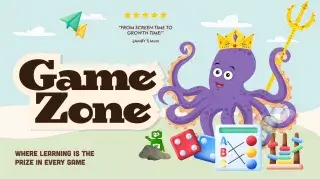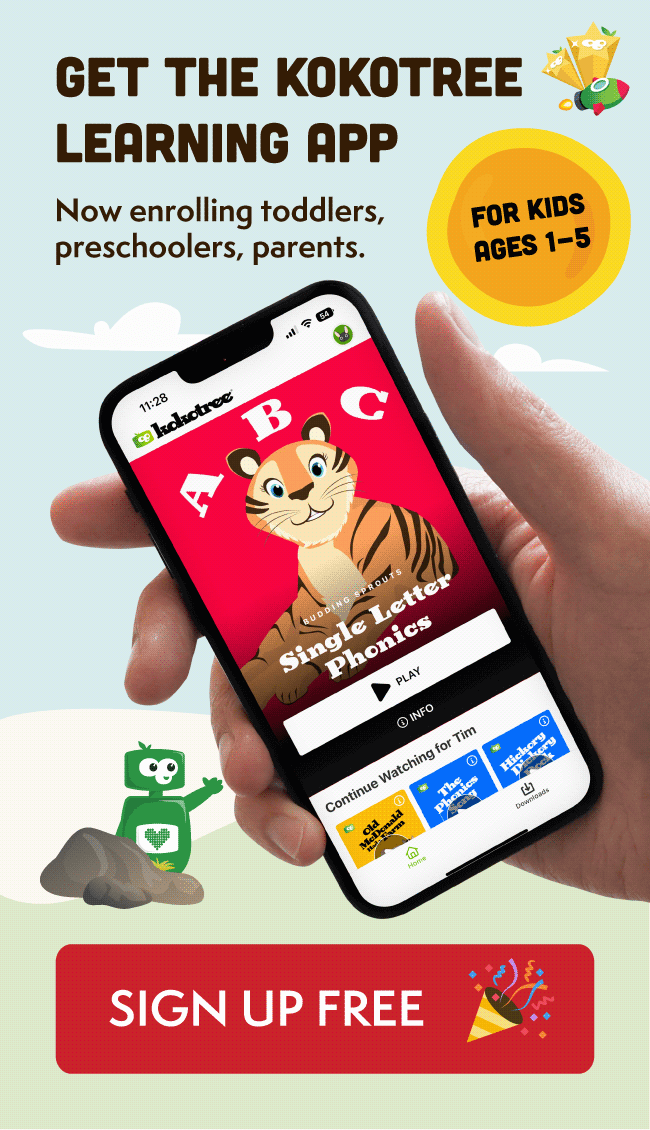

Welcome to our blog post, ‘Mastering Word Families and CVC Words in Phonics’! As a parent, you may be seeking advice and solutions on how to help your child improve their phonics skills. In this post, we’ll share engaging activities and games that will make learning word families and CVC words exciting and fun for your little one. Additionally, we’ll provide tips on how to effortlessly integrate these lessons into their daily lives, making these new skills second nature. Join us on this journey as we uncover evidence-based methods for teaching these essential building blocks in early literacy development.
Mastering word families and CVC words in phonics involves teaching children the foundational skills needed to read and write by focusing on patterns in words. Word families are groups of words that share a common ending or rhyme (e.g., -at, -an). CVC words are simple, three-letter words with a consonant-vowel-consonant structure (e.g., cat, fan). By identifying and understanding these patterns, children can more easily decode and blend words, thus improving their overall reading fluency and comprehension.
Introducing word families and CVC words through engaging activities and games can make phonics a delightful experience for your child. Here are some entertaining and effective ways to practice these skills:
Create a flip book by stapling index cards together, and write a word family ending on the top card. On each subsequent card, write a beginning consonant. Flip through the cards to form different CVC words within the word family, and encourage your child to read them aloud as they appear.
Word ladders are a fantastic way to build upon word families by changing one letter at a time. Start with a CVC word, then challenge your child to create a new word by altering a single letter. This game can be played using a whiteboard, paper, or even alphabet magnets on the fridge.
Develop a phonics-focused version of Bingo featuring word families. On each Bingo card, include images or words from different word families. As you call out a word, your child will search for a rhyming match on their card. This will not only improve their familiarity with word family patterns but also reinforce their listening and rhyme recognition skills.
Making connections between word families and your child’s everyday life is crucial for reinforcing and extending their understanding of phonics. Here are a few tips for incorporating these lessons outside of formal learning sessions:
Place labels featuring CVC words or word family endings on common household items, such as a “mat” on the doormat or “pan” on a frying pan. This way, your child will have frequent exposure to the words and can practice reading them throughout their day.
Turn grocery shopping into a fun learning experience by focusing on word families and CVC words found on packaging or signs. Encourage your child to identify words that belong to a specific word family, or ask them to create a shopping list using CVC words.
Introduce a learning app for kids that focuses on phonics and offers interactive games and activities. These educational tools are designed to teach and reinforce word families and CVC words in a fun and engaging way, making the learning process enjoyable for your child.
As your child begins to improve their phonics skills through word families and CVC words, it’s important to monitor their progress and celebrate achievements. This not only helps identify areas that may require more practice but also builds their confidence and motivation.
Keep track of the word families and CVC words your child learns by maintaining a simple log or checklist that you can periodically review together. This not only provides an opportunity to address any areas of difficulty but also allows your child to see their progress over time.
Schedule regular reading sessions with your child, focusing on word families and CVC words. Use leveled books that incorporate the word patterns they are learning, and encourage your child to read aloud. Pause periodically to discuss the story and check their understanding of the words they’re reading.
Acknowledge your child’s accomplishments by celebrating their success in mastering word families and CVC words. Establish a reward system for reaching specific milestones, such as mastering a certain number of word families or successfully reading a new book. Rewards can include small treats, extended playtime, or a special outing.
Expanding your child’s phonics education beyond word families and CVC words will help foster continued growth and success in reading. Explore various resources to support your child’s learning journey:
Phonics workbooks provide structured activities and exercises that cover a range of topics beyond word families and CVC words, such as blends and digraphs. These books often include engaging illustrations and interactive exercises to maintain your child’s interest.
There are numerous educational websites and YouTube channels that provide videos and tutorials on phonics concepts, ideal for visual learners. Videos often employ catchy tunes, memorable visuals, and interactive content to help children learn and retain new phonics skills more effectively.
Consider joining a parent support group or online forum focused on phonics education. These groups provide opportunities to connect with other parents, share experiences, and discover helpful tips and resources to support your child’s learning.
This FAQ section addresses common questions parents may have about teaching word families and CVC words in phonics. We understand the importance of providing informative and practical answers to help you support your child in their early literacy development journey.
Children usually begin learning word families and CVC words around the age of 4 or 5, when they have developed a basic understanding of letter sounds and have started blending simple words.
Word families are groups of words that share the same ending sound or rhyme, whereas CVC words are three-letter words composed of a consonant-vowel-consonant structure. Both concepts help children recognize patterns in words and enhance their decoding and reading fluency skills.
Incorporate fun activities and games into your child’s learning routine, making the practice enjoyable and engaging. Offer sincere praise and establish a reward system to celebrate their achievements and boost their motivation.
In addition to word families and CVC words, consider teaching your child other foundational phonics concepts such as consonant blends, digraphs, and vowel teams to further improve their reading and writing skills.
It is generally recommended for children to practice phonics skills for 15-20 minutes per day. This time can be divided into shorter sessions to maintain your child’s engagement and focus.
Be patient and provide additional practice and support for the challenging areas. You may need to adjust the pace of learning, offer more examples, or use different learning mediums such as videos or learning apps for kids to better enable understanding.
Yes, multi-sensory techniques such as using magnetic letters, writing in sand, or forming words with playdough can be effective in helping children learn word families and CVC words by engaging various senses during the learning process.
While some children may be more inclined to learn independently, it is important for parents to provide guidance, support, and regular practice opportunities to ensure optimal learning and progress in phonics skills.
Yes, focusing on one word family at a time allows children to master the patterns within that word family before moving on to the next. This focused approach builds a solid foundation for reading and decoding words.
Your child is likely ready to move on to more complex phonics concepts when they demonstrate consistent success in reading and writing word families and CVC words. Regular assessment and monitoring of their progress will help determine their readiness for new challenges.
Both word families and CVC words play important roles in building phonics skills, so it’s crucial to maintain a balance between teaching and practicing both concepts. Engaging your child in a variety of activities and games will ensure a well-rounded phonics education.
Definitely! Utilizing technology like tablets, computers, or smartphones and incorporating learning apps for kids, online videos, or tutorials can enhance and support your child’s phonics education in a fun and interactive way.
If your child consistently struggles with word families and CVC words despite regular practice and various approaches to learning, consider seeking additional support such as a reading specialist or tutor to provide customized teaching strategies tailored to your child’s specific needs.




